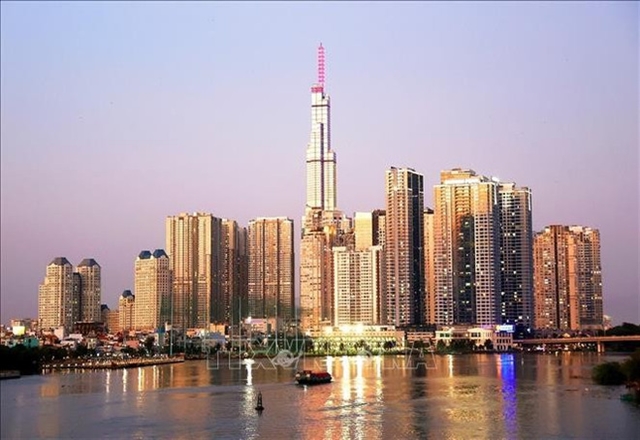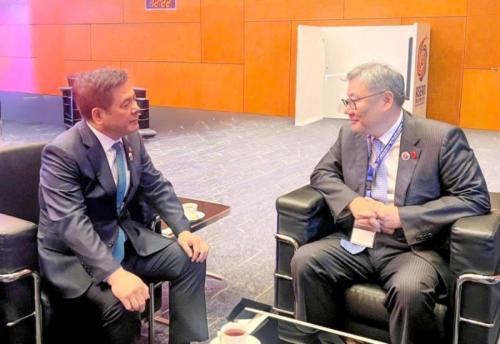Int’l financial centre should create launchpad for businesses’ innovation: workshop
If Việt Nam becomes a more open and fintech-friendly financial centre, it will be a launchpad for local companies to go global.
HÀ NỘI — Beyond a hub for capital flows, an international financial centre should serve as a breeding ground for innovation and entrepreneurship, where Vietnamese firms could flourish on the home ground through open mechanisms and innovative spirit, heard a workshop held by the HCM City Institute for Development Studies on October 24.
The story of Sky Mavis, the tech unicorn behind the Axie Infinity project, offers vivid proof of this aspiration. Despite being regarded as one of Việt Nam 's most prominent Web3 ventures, many people are surprised to discover that Sky Mavis is registered as a business entity in Singapore.
Nguyễn Thành Trung, co-founder of Sky Mavis, said many Vietnamese startups register in Singapore to access flexible financial systems and international funding, calling it a lifeboat for startups during their development.
If Việt Nam becomes a more open and fintech-friendly financial centre, it will be a launchpad for local companies to go global, he stressed, adding that operating in a familiar environment with clear legal corridors and being valued appropriately are what startups desires for.
Sky Mavis expects that once the financial centre is put into operation, Web3, fintech, and blockchain businesses will have clearer legal space to operate transparently, legally, and creatively. Its Non-Fungible Token (NFT) marketplace, with total transactions exceeding US$4.3 billion, shows that Vietnamese fintech can compete globally if given the right ecosystem.
Kyber Network CEO Trần Huy Vũ echoed this view, saying Kyber wants to contribute to the nation’s digital economy yet still lack clarity about operational scope, specifically services they are permitted to offer, their legal responsibilities, and the degree of openness toward international capital flows, particularly money flowing from Việt Nam abroad.
Experts from the Tony Blair Institute said the planned international financial centre must first create a playing field for domestic enterprises while ensuring transparency and safety, as key lessons from the Dubai International Financial Centre showed.
From investors’ perspective, Qin En Looi from Onigiri Capital highlighted Việt Nam’s tech talent pool and potential to become an international financial centre, calling them as a major attraction for international investors.
HIDS Deputy Director Vũ Chí Kiên laid stress on HCM City’s goals to establish the international financial centre to lure investment, expand a modern financial market, promote international connectivity, and apply advanced digital financial models.
The Government is now completing eight decrees guiding the operation of the centre, with fintech and innovation identified as priority sectors, he said, adding the centre is expected to become a symbol of international financial integration and a launchpad for Vietnamese enterprises’ innovation and creativity.
Source: BIZHUB/VNS
Photo: VNA/VNS





